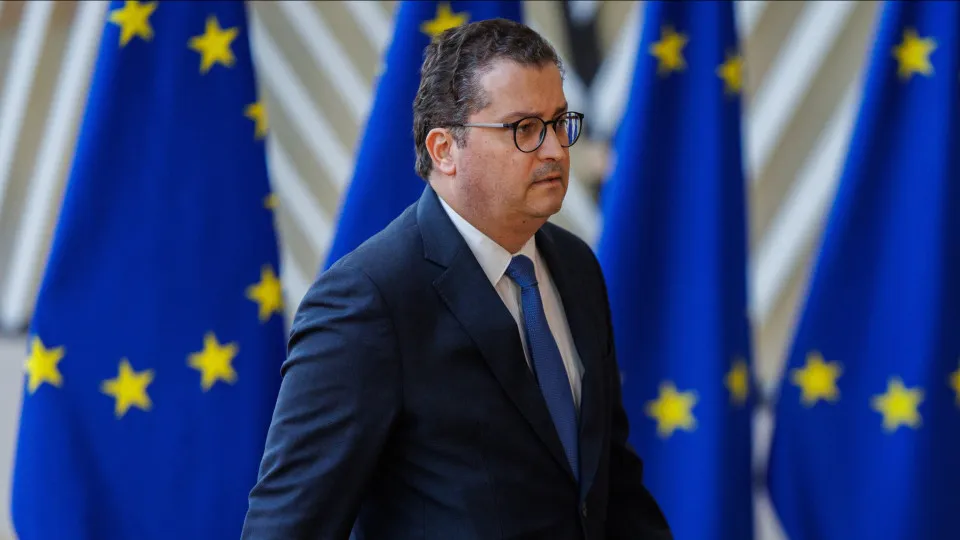
The assessment will be announced as part of the autumn package of the European Semester, the European Union’s (EU) annual framework for coordinating economic, budgetary, social, and employment policies, with the press conference scheduled for early afternoon, on the sidelines of the plenary session in the French city of Strasbourg.
Thus, Portugal and the other 19 eurozone countries (which submitted information to the European Commission) will receive an evaluation from the Commission on their budget plans—in this case, the OE2026—to check if they are aligned with EU rules.
Within the same package, Brussels will release the alert mechanism report to detect and correct macroeconomic imbalances, as well as economic policy recommendations for the eurozone.
Countries that received macroeconomic assistance during the previous financial crisis, such as Portugal, also have post-program surveillance reports.
In mid-October, the Portuguese Government submitted to the European Commission, as required, the budget plan based on the OE2026, ensuring compliance of the new Portuguese measures with Brussels’ specific recommendations.
Each year, eurozone countries present draft budgetary plans to the European Commission, which is responsible for evaluating them as compliant, broadly compliant, or at risk of non-compliance.
Last November, as part of the European Semester’s autumn package, the European Commission reported that the 2025 State Budget proposal was not fully compliant with EU recommendations due to continued energy support, which Portugal should have already withdrawn.
At the time, the European Commission requested Portugal to reverse the benefit relating to the Tax on Petroleum and Energy Products (ISP), a request it warned it would monitor.
The government has already included a gradual withdrawal in this OE2026, but has not committed to a timeline, despite repeated warnings from Brussels.
At issue are discounts on ISP for the purchase of gasoline and diesel, support created in 2022 and 2023 due to the energy crisis related to the war in Ukraine and high inflation.
The OE2026 forecasts this year an economic growth of 2%, a budget surplus of 0.3%, and a public debt reduction to near 90%.
For the next year, an economic growth of 2.3%, a budget surplus of 0.1%, and public debt near 88% are estimated, expected to fall below 90% of GDP for the first time since 2009.
Today’s package will also be the first after the reform of the EU’s budgetary rules, with customized debt trajectories and caps based on net expenditure, becoming fully applicable this year.




